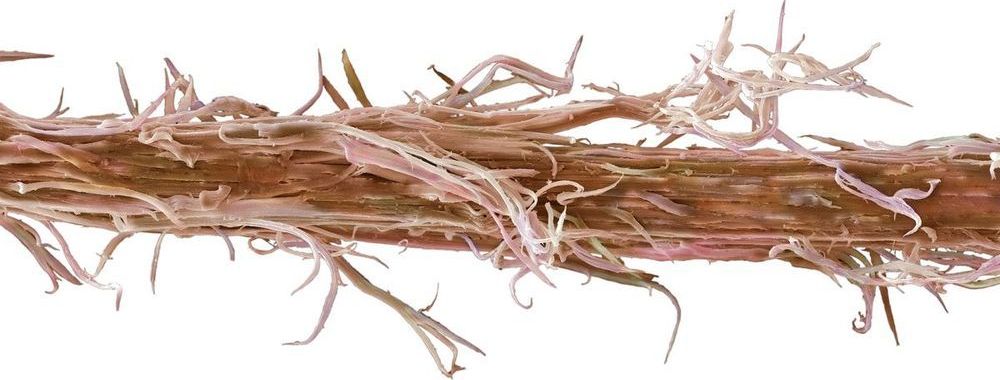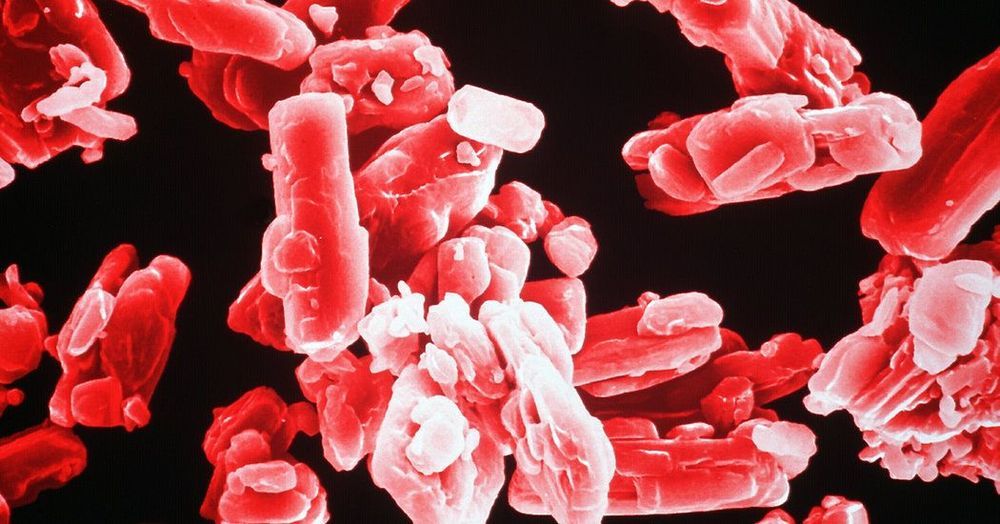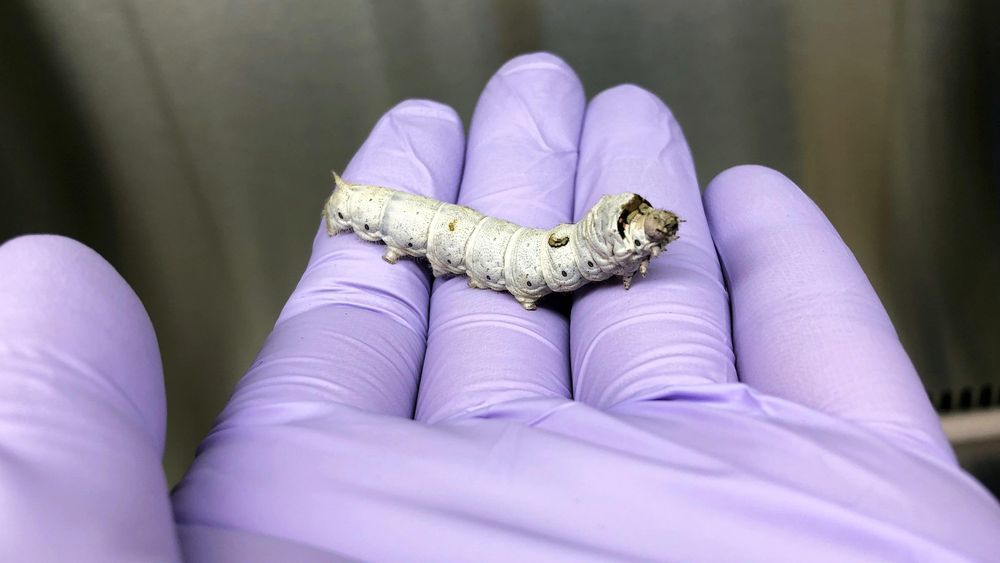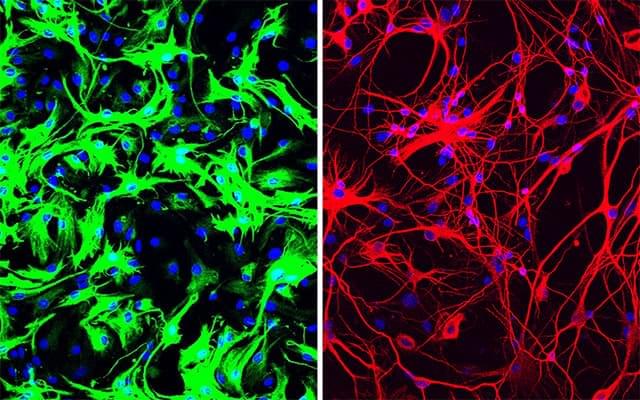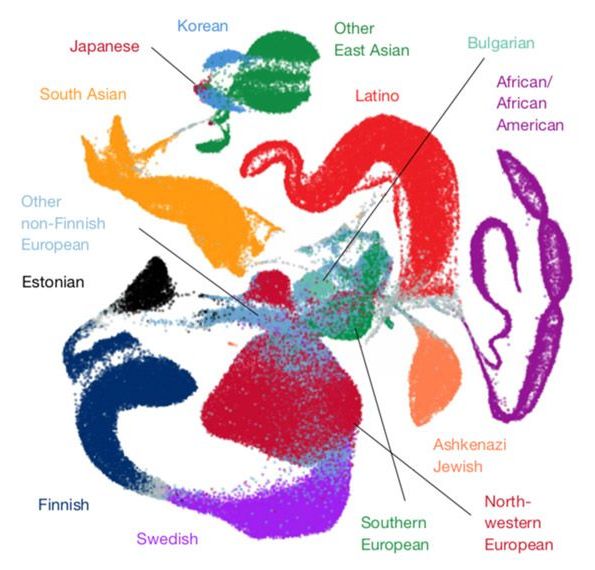Jul 1, 2020
Could you become a ‘natural’ blonde
Posted by Shane Hinshaw in categories: biotech/medical, genetics
The Kingsley team pored over genetic data repositories, searching for places in the genetic code near the KITLG gene that tell the gene what to do. They found a location in the DNA where proteins known as transcription factors bind to the sequence and carry out the instructions specified in the code.
They discovered that if the nucleotide guanine holds that spot, the transcription factor cannot bind as tightly to the DNA as when another nucleotide (adenine) is in the same position. This simple alteration – replacing A with G in the DNA sequence – reduces the expression of the gene and, ultimately, changes the colour of the hair.
Guenther’s blue-flecked mice prove that the Kingsley group found the spot on the genome that informs hair follicles how much melanin to incorporate into hair.
